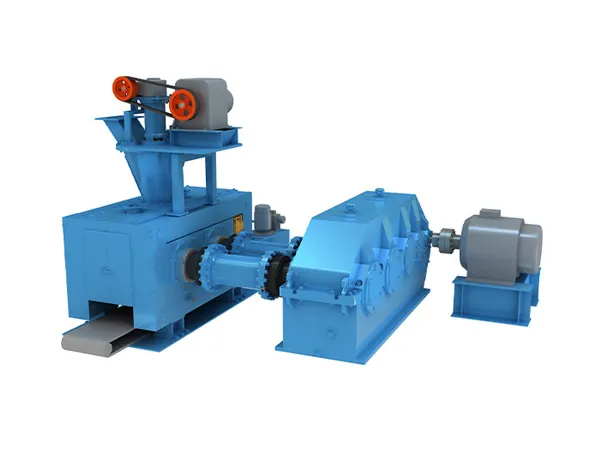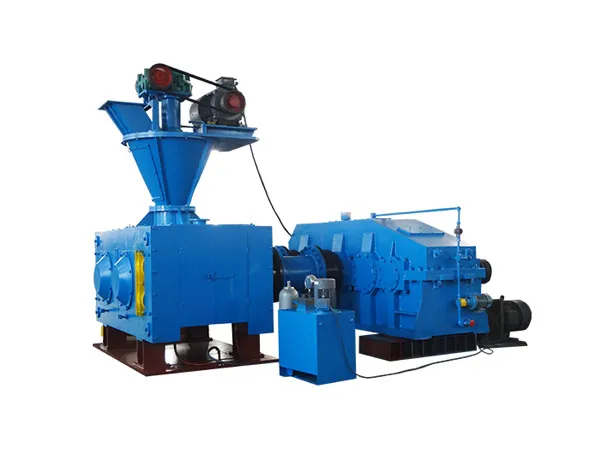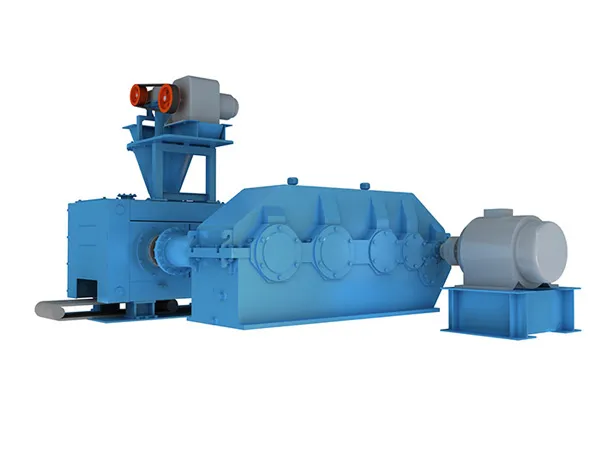Briquetting machines are used to compress waste materials into a solid block, known as briquettes, for easier disposal, transportation, or energy production. The installation of a briquetting machine requires careful planning to ensure it operates efficiently and safely.
Briquetting Machine Installation Guide

1. Preparation
Select the Location:
Choose a dry, well-ventilated area with a solid foundation.
Ensure there’s enough space for the machine, raw material storage, and finished briquettes.
Gather Tools and Equipment:
Wrenches, screwdrivers, hammers, level, and any other specific tools recommended by the manufacturer.
Check the Electrical Supply:
Ensure the location has the correct voltage and amperage required by the machine.
Have a certified electrician check the wiring if necessary.
2. Unpacking and Inspection
Unpack the Machine:
Carefully remove the machine from its packaging.
Check for any damage that might have occurred during shipping.
Inspect Components:
Verify that all parts and accessories are included as per the packing list.
3. Foundation and Mounting
Prepare the Foundation:
Ensure the foundation is level and sturdy.
If needed, prepare a concrete base according to the machine’s specifications.
Position the Machine:
Use a forklift or crane to position the machine on the foundation.
Align the machine correctly as per the layout plan.
Bolt the Machine:
Secure the machine to the foundation using the bolts provided.
Check for levelness using a spirit level and adjust as necessary.

4. Electrical Connections
Connect the Main Power Supply:
Ensure that the machine is connected to the correct power source.
Follow the manufacturer’s wiring diagram for accurate connections.
Install Safety Switches:
Install emergency stop buttons and other safety switches.
Ensure all connections are properly insulated.
5. Hydraulic and Pneumatic Connections (if applicable)
Connect Hydraulic Systems:
Attach hydraulic hoses and check for leaks.
Fill the hydraulic system with the recommended fluid.
Connect Pneumatic Systems:
Attach air hoses and ensure the air supply is at the correct pressure.
6. Machine Setup and Calibration
Install and Adjust Components:
Install any necessary attachments like feeders or conveyors.
Adjust settings like compression pressure, feed rate, and temperature based on the material to be briquetted.
Calibrate Sensors:
Ensure all sensors are properly calibrated.
Test the control panel for accurate readings.
7. Testing and Trial Run
Initial Startup:
Start the machine according to the manufacturer’s instructions.
Observe for any unusual sounds or vibrations.
Test with Raw Material:
Feed a small amount of raw material to test the machine.
Check for proper briquette formation and adjust settings as needed.
Monitor the Machine:
Run the machine continuously for a few hours to ensure stable operation.
Monitor temperatures, pressures, and other operational parameters.

8. Final Adjustments and Training
Make Final Adjustments:
Fine-tune the machine based on performance during the trial run.
Training Operators:
…
More detailed information about briquetting machine installation can be found at: https://www.zymining.com/en/a/news/briquetting-machine-installation.html



